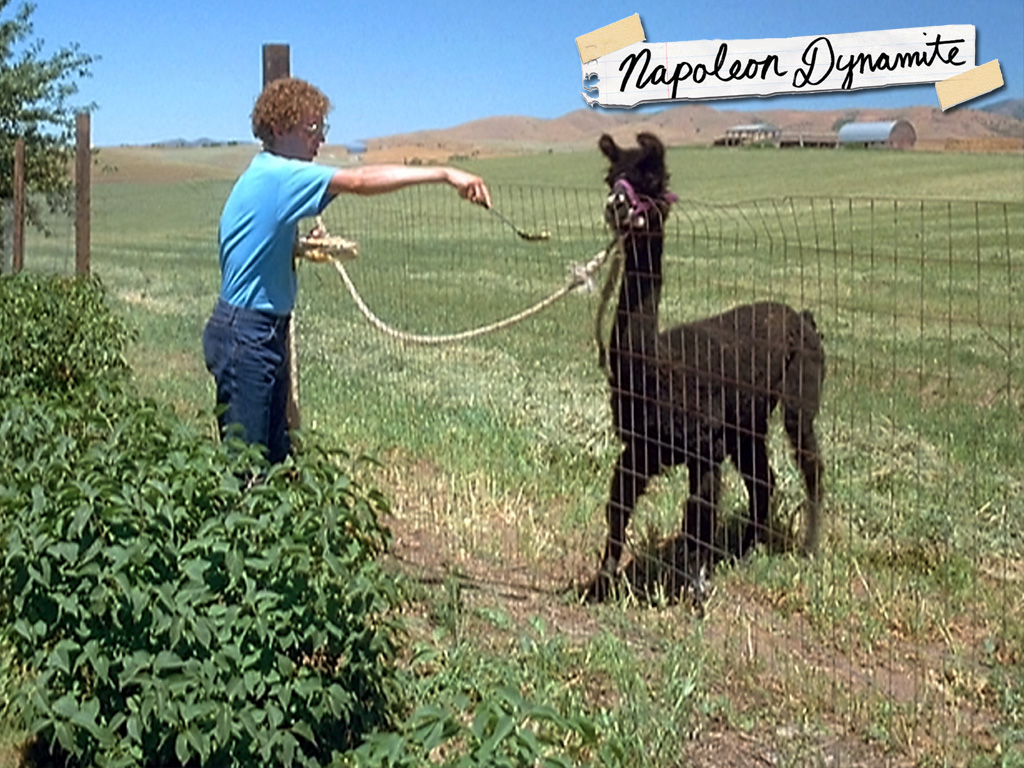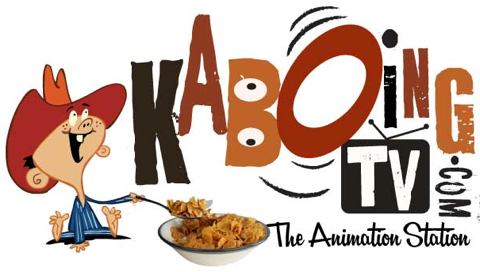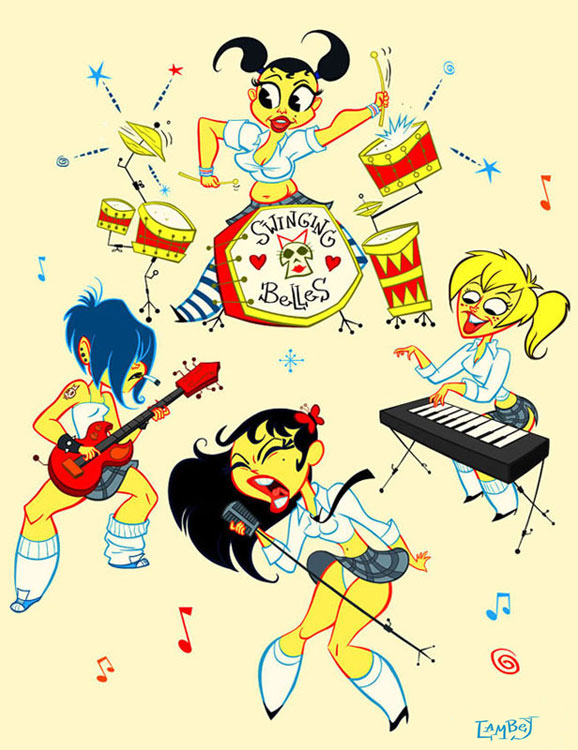Anomaly Approved: Michael Sporn
Michael Sporn is a great man. The reason? Not only is a gifted animator who has run his own, indpendent studio for well over 20 years, he also has a blog, affectionately known as his Splog, where he posts every single day.
To say that his knowledge of animation is extensive would almost be an insult. The man knows an awful lot about the artform and not-coincidentally also happens to know a heck of a lot of people in the industry. This is relevant for two reasons: lots of animation folks read his Splog and a few help contribute to it by way of personal collections and stuff kept from the old days.
In this, Michael’s posts fall into a few main categories:
- Mechanics posts
- Creative posts
- Event posts
- Review posts
- Photo posts
The mechanics posts are basically ones based on the nuts and bolts of animation. Timing, animating, characters, walk cycles, storyboards and so forth. These are really interesting to read as an outsider as the explanations and advice given is simple and straightforward. I may never use it, but you can never learn too much.
The creative posts look at animation design, things like backgrounds, layouts, character design (as opposed to drawing) etc. These posts are even better because they provide the reader with some fantastic art to look at. Michael doesn’t just stick to animation, he also posts about books, illustrations and the odd naughty cartoon thrown in for good measure.
The event posts are pretty straightforward. As a pillar within the animation community, Michael often attends events and he thankfully posts short recaps on most of them. Living in Baltimore, I really appreciate posts like this as I can find out what went on and how things went, even if I attend the event myself!
Michael’s review posts are often some of the best I can find for animated films. He is very objectionable and I highly commend him for this as it is so easy to become a cynical film critic. As an example, check out his reviews for Ponyo on the Cliffs by the Sea and The Secret of Kells (the same showing I went to).
Last but certainly not least, are his photo posts. Normally reserved for Sunday, these posts focus on life in New York city and the various eccentricities that one notices from living there. The photograph posts provide a break in the posting schedule and also mark the end of one week and the beginning of a new one.
With posts stretching back over 4 years (that’s every day for 4 years) the Splog itself is now a treasure-trove of information that can offer assistance even now. I have personally posted about stuff here on topics that Michael covered ages ago and who’s posts have been of enormous benefit to me.
With such an excellent repertoire of posts and his unique and thorough knowledge, I can safely say that Michael Sporn and his Splog are Anomaly Approved. 🙂
Anomaly Approved: Michael Sporn Read More »













